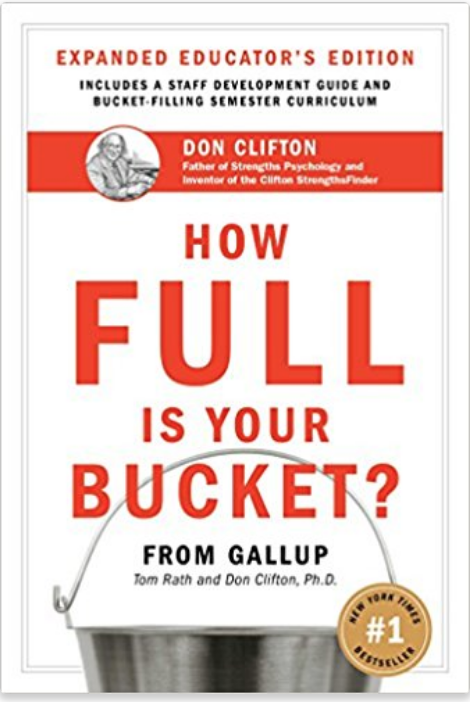
Do you hear yourself giving students too many warnings? Are you struggling to get your students to follow your directions?
Being consistent is an important part of your management plan. Precision requests can build consistency. A precision request is a direct command given to a student for immediate compliance. They are used for your most difficult students that will not follow simple requests. Jordan District uses Melisa Genaux’s model. Here is how to do a precision request:
#1 State the students name, give the direction, end with please.
Example: “John, sit in your chair, please.”
Wait 3-5 seconds for compliance or 7-10 seconds if language delayed
Reinforce if there is compliance. Non-compliance go to step two.
#2 State the students name, use the words you need to, then give the direction.
Example: “John, you need to sit in your chair”.
Wait time same as above.
Reinforce if there is compliance. Non-compliance go to step three.
#3 Give a preplanned consequence.
Label the consequence: That’s not following directions
Then give the preplanned consequence
Example: “That’s not following directions. John go with Mark to Mrs. Wilson’s class for time out.”
When giving a precision request do not give the student a choice, ask it as a question, or give it as a threat. Examples of these kinds of requests would be, “You can either sit down or go finish your homework.”, “Would you like to sit down now?”, “If you don’t sit down, I’ll take away class points”.
You do not want to start a power play with the child.
Be consistent with your rules and consequences. Children feel safe when they don’t have to guess what your behavior is going to be, which rules you are going to follow, or what consequences will be given. Remember positive praise and reinforcement is essential to help students know they are doing the right thing. (4:1 ratio of positives to correction). Be predictable.
 Plan for classroom shakeup--CONSISTENCY IS THE KEY
Plan for classroom shakeup--CONSISTENCY IS THE KEY





 Nobel prize winning scientist, Daniel Kahmeman states that as individuals we experience about 20,000 interactions each day. Daniels calls these interactions moments. These moments are recorded by our brains as experiences. The quality of our day is determined by how our body and brain can categorize our moments- either positive or negative, or just neutral. Neutral moments do not make as great of an impact, nor are remembered.
Nobel prize winning scientist, Daniel Kahmeman states that as individuals we experience about 20,000 interactions each day. Daniels calls these interactions moments. These moments are recorded by our brains as experiences. The quality of our day is determined by how our body and brain can categorize our moments- either positive or negative, or just neutral. Neutral moments do not make as great of an impact, nor are remembered.